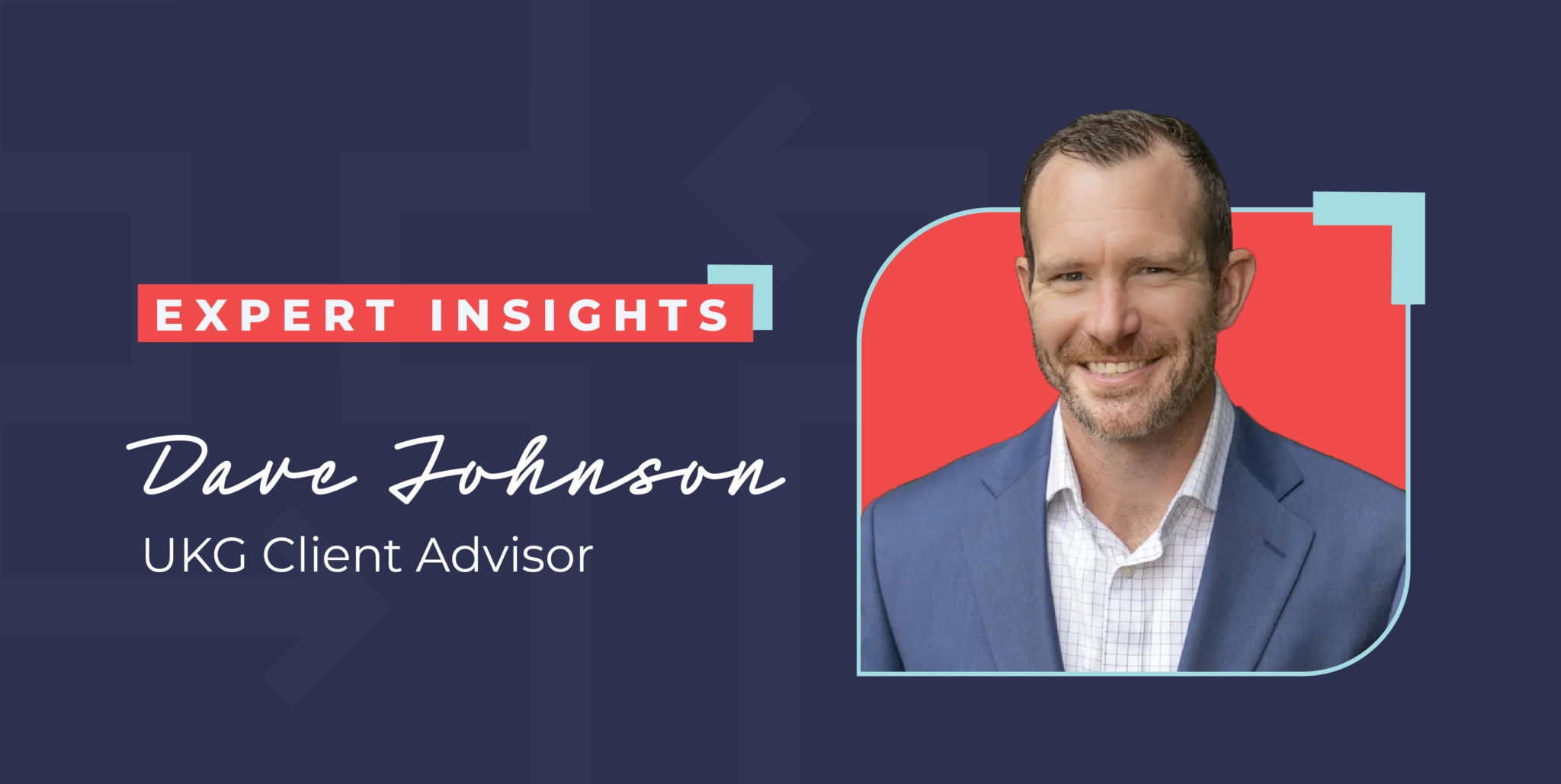
Labor shortages and cost pressures make it more critical than ever for healthcare organizations to “get the schedule right.” So we asked our UKG Practice Leader Dave Johnson to tell us more about the role of Advanced Scheduling as part of a larger Workforce Management (WFM) solution.
Why is scheduling such a critical component of Workforce Management solutions?
In labor-intensive industries, you can save real money with an efficient schedule that puts the right people in the right place at the right time. In a hospital, if you schedule too many people, you’re overpaying. If you understaff, you deliver poor customer service, and you may even put patients at risk. Scheduling is the piece of WFM that allows you to say with some degree of confidence: “This is the demand we have. Here are the people that we have to staff that and meet the demand.”
I view it as the tip of the spear in a WFM project. If you get scheduling right, everything else will fall into place and you will experience benefits that more than justify the investment in the solution.
Are healthcare organizations, on the whole, adopting advanced scheduling tools?
Honestly, it varies by organization and even within an organization. I still see a lot of manual scheduling. We’re talking about pen and paper schedules or spreadsheets that aren’t integrated into any centralized solution. Mergers can complicate things because health systems acquire a lot of different clinics and providers who use different scheduling methods.
On the other end of the spectrum, you do have a lot of organizations utilizing advanced scheduling and all of the underlying analytics and artificial intelligence to manage more effectively. Ultimately what you want is a dashboard that shows you how you’re doing in terms of being overstaffed, understaffed, overtime ratio, etc. When you’re fully optimized, your WFM software should give you actionable data that you use for decision making and improvement.
Help us distinguish between scheduling and advanced scheduling?
To me, basic scheduling is a manager using their knowledge and judgement to slot people into shifts. The manager may use software to maintain the schedule and keep track of a few rules, but it’s not especially intelligent.
What advanced scheduling does is account for all of the variables that go into a highly complex work schedule and algorithmically aid decision making.
In a hospital, for example, you have overtime rules, departmental rules, union rules. You have different floors or clinics that require certain types of skilled or certified providers at different times of the day. You may have seasonal or external factors to staff for like flu season. You also want to account for employee preferences, so you can let them choose certain shifts and make PTO requests.
Advanced scheduling in a WFM solution like UKG Dimensions is going to take all of these inputs and underlying labor and pay rules and combine them with analytics to optimize staffing and ensure you don’t have too many people scheduled or too few.
It’s easy to see where this could overwhelm a manager using manual processes.
Absolutely. And remember that the benefit of the software isn’t just that it processes all of these rules and inputs, it’s the analytics based on historical patterns and the connection to your EHR data and variables like patient acuity that will really drive results. Advanced scheduling, when done right, unlocks that connection between clinical systems and business systems.
The other big benefit is the control that employees have to choose their shifts and gain some autonomy over their schedule. That’s especially important in healthcare, and nursing in particular. We know that greater schedule flexibility improves job satisfaction, and these days the last thing any manager wants is unhappy employees.
If I’m a hospital executive, what should I know about Healthcare IT Leaders when planning for a WFM and scheduling project?
First, you should know that we have a lot of deeply experienced consultants who have implemented and optimized WFM systems at very large healthcare providers. So, we understand industry best practices and we have defined methodologies to get you from Point A to Point B efficiently.
Second, I’d tell you that we listen. I want our project leaders to close their mouths and listen to you, the customer, to understand your business problems and your strategic objectives—whether you’re the Chief Nursing Officer or the CFO or a rank-and-file end user—so that we can deliver a solution that meets your immediate needs and sets you up for success.
Finally, I would stress that we’re here for you for the long-term. Post-implementation, clients need training, upgrades, and ongoing optimization to keep their solutions up to date and improve results. Our goal is to be a partner you can rely on for years to come and to grow with over time.
WFM Client Advisor Dave Johnson has spent his entire career helping customers address their workforce management (WFM) needs. In his role at Healthcare IT Leaders, he supports our clients from implementation through optimization, helping them maximize value from their WFM investments. Dave holds a BS in Industrial Management from Purdue University.